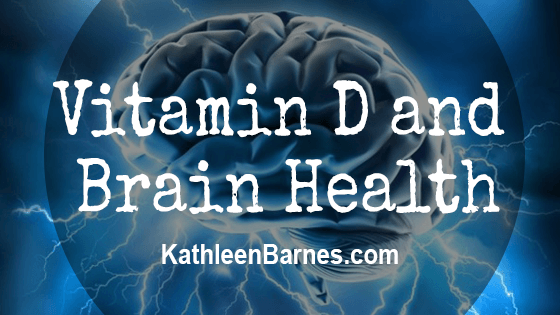This article originally appeared on this website in November of 2014.
Chalk up another of the impressive benefits of vitamin D: It can prevent Alzheimer’s and other neurological diseases.
Several new studies confirm that people with the lowest vitamin D levels are at dramatically increased risk of dementia. (Alzheimer’s is the most common form of dementia.)
Low levels = High risk
There seems to be little doubt that sufficient vitamin D levels (more than 50 will place you at high risk of dementia, even after controlling for known risk factors like age, education, sex, body mass index, alcohol use, diabetes and high blood pressure.
A pivotal study published in the Journal Neurology in August 2014 showed that people with D levels of 25 to 50 (25-hydroxyvitamin D) had a 53% increased risk for all types of dementia and an astonishing 69% increased risk for Alzheimer’s. For those with very low vitamin D levels under 25, the risks doubled.
Argument for optimizing your D levels
Since I have Alzheimer’s in my family, that’s one of many powerful arguments for optimizing my vitamin D levels, even for those who choose to disregard D’s well-documented cancer and diabetes preventive, bone- and heart-health enhancing effects.
Even the staid National Institutes of Health agrees that levels under 50 are inadequate. Optimal levels should be between 50 and 70.
Pitifully low government recommended intake
Nevertheless, the government continues to keep its daily recommended intake of vitamin D at a paltry 600 IU daily for adults under 70 and 800 IU for those over 70.
The government also tosses off the admonition that 15 minutes of direct sunlight three times a week will also help increase vitamin D levels. Yes, that is absolutely true, but not many of us are able to expose our bare skin to the weak sunlight during the winter months. Not that it would help much, anyway since the sun is so weak at this time of the year.
Just a little background: Vitamin D is a unique nutrient that is actually a hormone. Our bodies cannot manufacture vitamin D. We need exposure to direct sunlight for our bodies to manufacture adequate amounts of D. Very few foods are natural sources of vitamin D (egg yolks, beef liver, fatty fish and cod liver oil are among the few), so supplements are the only way to go for most of us who live in non-tropical climates.
Your real D needs
So how much vitamin D do you really need? The only way to tell for sure is to have your blood levels of vitamin D tested. If you are below 50, you most likely need supplements.
Vitamin D researcher Michael Holick, M.D., Ph.D. of Boston University says that about half of all American adults are D-deficient.
Dr. Holick recommends that those at risk of vitamin D deficiency (and that’s most of us in winter when we get almost no sun exposure) need as much as 10,000 IU of vitamin D3 daily.
Dr. Holick also recommends tanning beds that offer UVB rays only (most do not, since the UVA rays are the ones that tan your skin, can cause skin damage and are tanning salons’ source of income).
I’m not enthusiastic about tanning beds since I know of no way you can tell for sure that you are getting UVB rays only. Plus, there have been many reports of ineffective regulation of radiation from tanning salons. I say avoid them and opt for supplements most of the year and directs skin exposure to sunlight in the summer months.
Be sure to check out Kathleen’s extensive writings on various supplements and their impact on your health.







